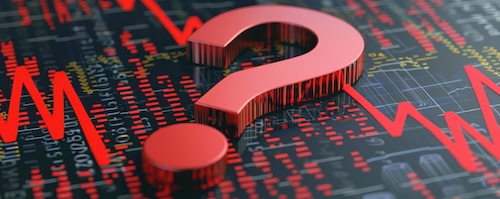Election-Related Market Swings: How to Stay Ahead
Understanding the Dynamic Relationship Between Elections and Market Swings
Elections have a significant impact on financial markets, leading to increased volatility and uncertainty. As investors and traders navigate through election periods, it is crucial to understand the dynamic relationship between elections and market swings. By examining historical data and market trends, individuals can develop strategies to stay ahead of the curve and capitalize on potential opportunities.
Historical Context: How Elections Influence Market Behavior
Historical data reveals a clear correlation between elections and market swings. Electoral outcomes, policy decisions, and political turmoil can all trigger fluctuations in the financial markets. For example, a surprise election result or a change in leadership can lead to rapid market movements as investors reassess potential risks and opportunities.
It is essential to note that market behavior during election periods can be unpredictable. Political uncertainty, coupled with external factors such as economic indicators and global events, can create a volatile trading environment. As a result, investors and traders must stay informed, conduct thorough research, and adapt their strategies to navigate through turbulent times.
Strategies to Stay Ahead: Tips for Investors and Traders
To stay ahead of election-related market swings, investors and traders can employ several strategies to protect their portfolios and capitalize on potential opportunities. Here are some tips to consider:
1. Conduct Thorough Research: Stay informed about current events, political developments, and potential policy changes that could impact the financial markets. By conducting thorough research and analyzing relevant information, investors can make more informed decisions and anticipate market movements.
2. Diversify Your Portfolio: Diversification is key to managing risk during volatile market periods. By spreading investments across different asset classes, sectors, and regions, investors can reduce their exposure to specific risks and minimize potential losses.
3. Monitor Market Trends: Keep a close eye on market trends, technical indicators, and economic data to identify potential opportunities for profit. By monitoring market movements and staying proactive, investors can adjust their strategies in response to changing market conditions.
4. Plan Your Exit Strategies: Establish clear exit strategies and risk management techniques to protect your investments during turbulent times. Set stop-loss orders, implement hedging strategies, and stay disciplined in your approach to minimize potential losses.
5. Seek Professional Advice: Consider seeking advice from financial experts, advisors, or mentors who can provide guidance and support during election periods. Professional insight and expertise can help investors navigate through uncertain market conditions and make well-informed decisions.
Conclusion
In conclusion, elections have a significant impact on financial markets, leading to increased volatility and uncertainty. By understanding the dynamic relationship between elections and market swings, investors and traders can develop strategies to stay ahead of the curve and capitalize on potential opportunities. Through thorough research, diversification, monitoring market trends, planning exit strategies, and seeking professional advice, individuals can navigate through election-related market swings with confidence and resilience.

